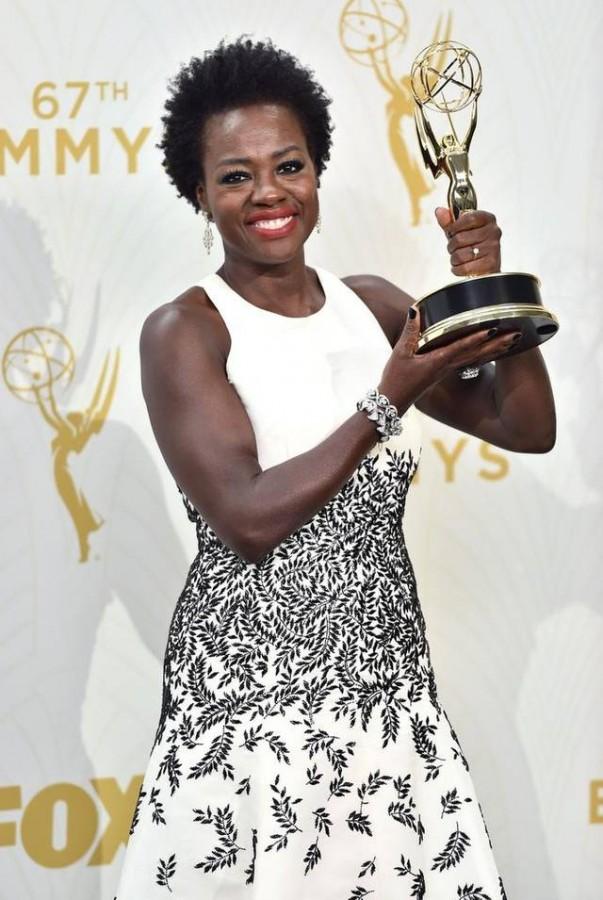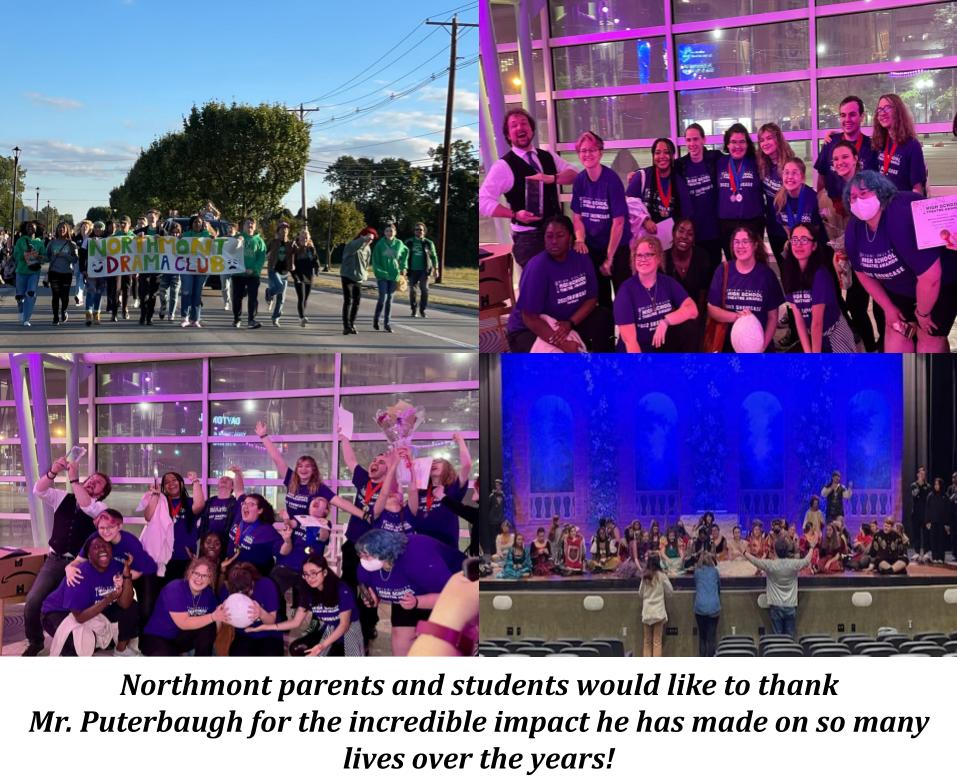Who’s On Your TV?
Naomi Baker Takes A Look At Lead Roles on Television
Viola Davis with her Emmy Award for “Outstanding Lead Actress in a Drama Series” last year (photo courtesy of kansascity.com).
February 29, 2016
The average American watches around 8.6 hours of television a day. While I’m not quite like the average American, I do spend a considerable amount of time channel surfing through major network television stations, noting each dynamic lead role. However, I failed to see myself on TV. And by “myself,” I mean accurately portrayed black women.
It would be inaccurate to say there is no representation of minorities on television at all. In fact, minorities are now taking home awards for their roles in major network television series. Just last year, Viola Davis took home the “Outstanding Lead Actress in a Drama Series” Emmy award for her role in How To Get Away With Murder which is broadcasted on ABC. However, Davis is the first African-American woman to ever win this award. The past 66 winners though, have all been white females, not because the women have been better actresses than minority women (in some cases, this may be true), but because there are no minority lead roles to nominate for the award. The first minority actress to be nominated for the award was in 1979, 31 years after the Emmy Awards began. “The only thing that separates women of color from anyone else is opportunity. You cannot win an Emmy for roles that are simply not there,” said Viola Davis during her Emmy award acceptance speech. Since there’s no way to determine if white actors are simply better fit for lead roles than the minority actors, what drives this lack of representation on television?
Students suggest the reasoning behind this lack of diversity.
“[The lack of representation] is possibly due to producers and directors being white, so they project these shows in their image and thus wind up with white actors instead of diversity,” said senior John Bates.
According to tvinsider.com, three of the top ten “Most Watched” network television shows have minority lead roles (No. 2 NCIS, No. 6 Empire, No. 10 How To Get Away With Murder). These leads are not always portrayed in the most accurate way, though, and then what good does it do?
“There are a few Indians on TV here and there, but it rarely branches out from the usual stereotype,” said senior Isha Mishra, who is Indian-American. She stated these stereotypes include gas station workers and nerd-like technicians possessing thick accents.
In recent years, the representation of minorities on television has subtly increased.
“We’re just starting to see African-American female leads on TV and even Indian-American female leads, but it’s taken some years. When TV shows start to represent different cultures more, it will help break this habit of having only white lead roles,” said Mishra.
This issue has attracted attention on a national level.
“I think when everybody’s story is told, then that makes for better art,” said President Obama discussing the Oscar nominations which contained no minority nominations for acting awards this year.
Whether television portrays it or not, every race, gender, walk of life, etc. should be accurately broadcasted on television. So, next time you turn on your television, ask yourself, “Am I on TV?”



